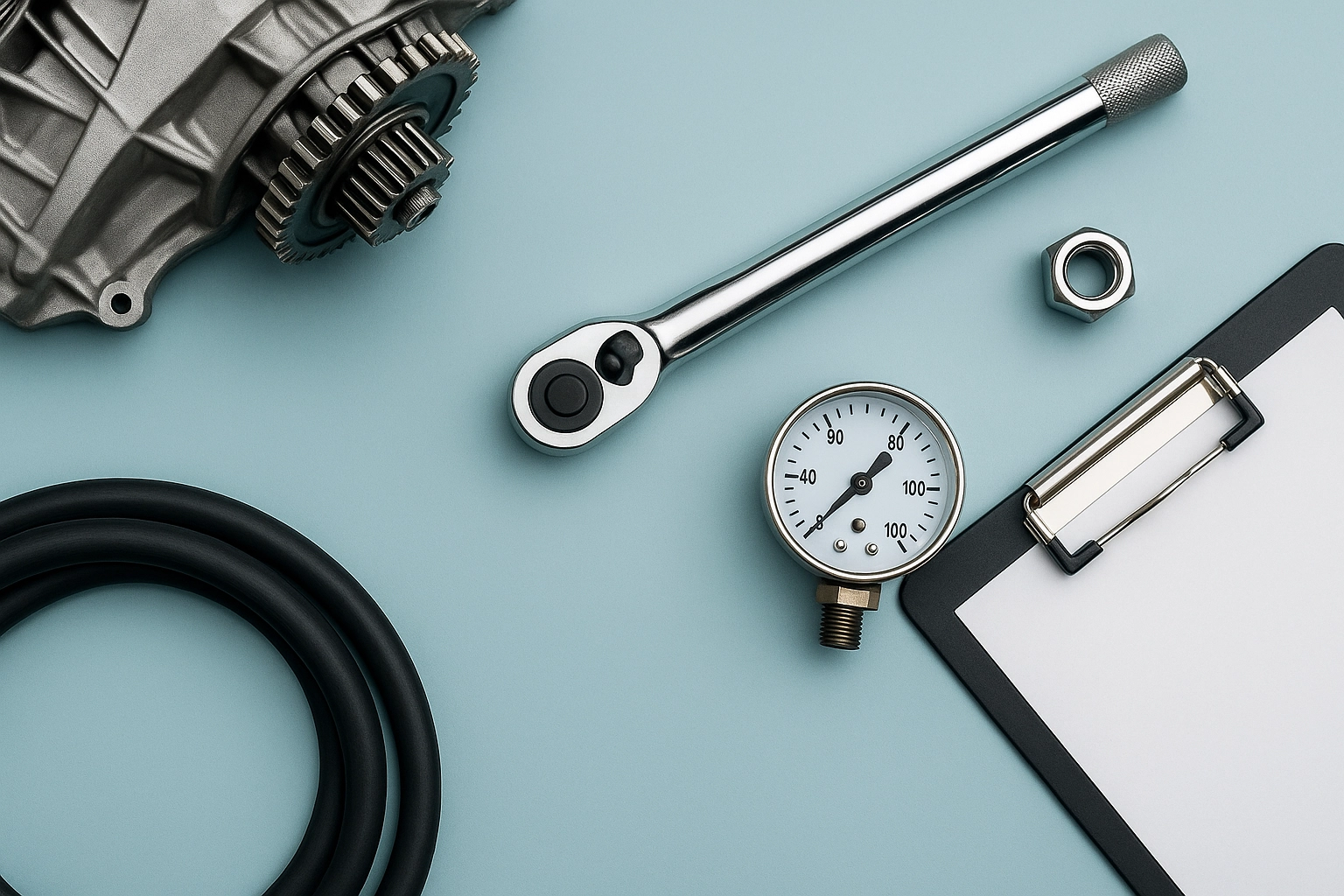ISO 880 Cooling System Heat Exchange Performance Test
The ISO 880 standard provides a comprehensive framework for testing the heat exchange performance of automotive cooling systems. This service focuses on ensuring that the cooling system in an automobile operates efficiently under various conditions, which is critical to both fuel economy and engine longevity.
Heat exchangers play a crucial role in maintaining optimal operating temperatures within the vehicle's cooling loop. The ISO 880 test evaluates how well these heat exchangers perform by simulating real-world driving scenarios where thermal loads can vary significantly depending on factors such as ambient temperature, engine load, and vehicle speed.
The testing procedure involves subjecting the cooling system to a series of controlled tests designed to mimic different operating conditions. These include idle operation, low-speed driving at moderate temperatures, high-speed cruising under heavy throttle, and even cold start-up scenarios. Each test run helps identify any potential inefficiencies or failures that could compromise overall vehicle performance.
During these tests, detailed measurements are taken of key parameters like inlet water temperature, outlet water temperature, air flow rate through the radiator core, heat transfer efficiency, and pressure drop across the system components. The data collected from each test session is then analyzed to determine whether the cooling system meets specified performance criteria outlined in ISO 880.
One of the most challenging aspects of this testing process lies in accurately simulating all possible operating conditions encountered by an automotive cooling system during normal use. This requires sophisticated laboratory equipment capable not only of replicating these conditions but also of providing precise measurements necessary for accurate assessment.
In addition to physical testing, computational fluid dynamics (CFD) modeling may be used alongside experimental results to further refine understanding and prediction capabilities regarding heat exchange performance. CFD models can simulate complex flow patterns within the cooling system geometry, helping engineers optimize designs before manufacturing begins.
Understanding the importance of proper cooling ensures that manufacturers meet stringent regulatory requirements while also enhancing customer satisfaction by delivering reliable vehicles with extended component lifetimes.
Why It Matters
The efficiency and reliability of a vehicle's cooling system directly affect its fuel economy, emissions output, and engine lifespan. By adhering to standards like ISO 880, manufacturers ensure that their products meet these critical performance metrics.
Efficient cooling systems contribute significantly to reduced fuel consumption by minimizing the need for additional power from the alternator to maintain proper operating temperatures. This translates into lower CO2 emissions and improved environmental impact—a key consideration in today's environmentally conscious market.
A reliable cooling system also helps extend the life of critical engine components, reducing maintenance costs over time. Properly cooled engines experience less stress on pistons, cylinders, valves, and other internal parts, leading to fewer repairs or replacements needed during ownership periods.
From a competitive standpoint, meeting such stringent testing protocols demonstrates commitment to quality control and consumer satisfaction, which can enhance brand reputation and market positioning. Automotive companies that invest in thorough testing procedures not only ensure compliance with international regulations but also differentiate themselves by offering more robust, durable products.
Industry Applications
| Application Area | Description |
|---|---|
| Automotive Manufacturing | Evaluating the thermal management capabilities of cooling systems in passenger cars, trucks, and buses. |
| Hybrid & Electric Vehicle Development | Ensuring efficient heat dissipation for batteries and associated electronics. |
| Commercial Vehicle Maintenance | Determining the effectiveness of cooling systems in heavy-duty trucks under harsh conditions. |
| Sports Car Engineering | Optimizing performance and reliability for high-performance vehicles operating at extreme temperatures. |
Competitive Advantage and Market Impact
Adhering to ISO standards like 880 provides automotive manufacturers with a competitive edge by demonstrating their commitment to quality and safety. It shows that they prioritize meeting or exceeding industry benchmarks for performance, durability, and environmental responsibility.
Meeting these stringent requirements can help companies secure lucrative contracts with major clients who demand compliance with international standards. For instance, government fleets often specify ISO-compliant vehicles when procuring new equipment, giving compliant manufacturers an advantage in public sector bidding processes.
The data generated from thorough testing not only aids in product development but also supports marketing efforts by providing tangible evidence of superior performance and reliability. This can translate into increased sales and market share as consumers become more aware of the benefits offered by ISO-compliant products.





